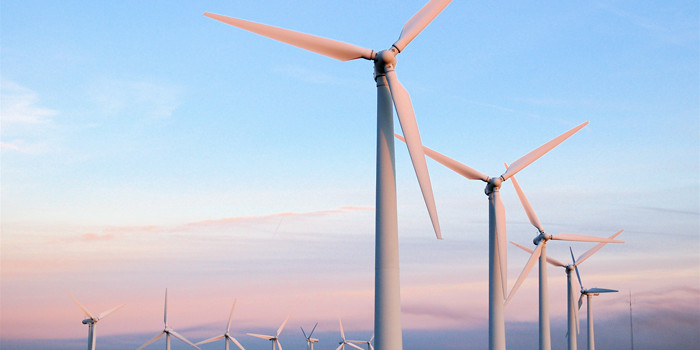
Maximising wind turbine returns
To maximise the electricity contribution that a wind turbine can provide you with, two interlinked questions need to be considered:
- How much electricity you would like to produce?
- How much electricity you can produce on your property?
How much electricity do you need your turbine to produce?
You first you need to decide exactly what you are trying to achieve by installing a wind turbine on your property. Are you trying to become completely independent from the grid? Are you simply trying to decrease you electricity bills having received a capital lump sum that you can invest? Do you simply want a wind turbine to power a light in your garden shed? Obviously the larger the turbine, the more electricity it will produce; however larger turbines will be more costly.
By looking at utility bills from previous quarters, you can get a feel for your total electricity usage over a year. You can get more accurate readings if you go around your property and complete an energy assessment of your current load (simply the total energy that each appliance in your house uses over a certain period of time). This involves producing a table with each appliance, its draw in watts (measured using a watt plug in meter – sometimes known as a wattmeter), and the estimated time of use in a 24 hour cycle. With all this information you can complete a much more accurate total yearly assessment of usage of your house (by multiplying usage for a 24 hour cycle by 365 days).
Having a feel for your total energy usage should help you decide what you are trying to achieve with your turbine. There are several wind turbine setups which we have described in more detail below.
How much electricity can your system produce?
It is really important that you have a target electricity figure in your mind that you are aiming to achieve, be it 50% of your total energy requirements, or becoming fully self sufficient. However, this may not be possible if there are constraints on your property, such as lack of space or low average wind speed.
Wind speed
This is the key factor and we usually use average wind speed as the measurement for your particular location. You cannot directly affect the average wind speed at your home; however your choice of site and tower height can have a dramatic impact on the wind resource. The power available for the wind that is blowing is the cube of the wind speed – this is absolutely fundamental, and this can be seen in the simple sums below:
- 3mph – 3 x 3 x 3 = 27kWh
- 6mph – 6 x 6 x 6 = 216kWh
- 12mph – 12 x 12 x 12 = 1,728kWh
This is excellent news, as the further you get away from the surface of the earth and its many obstructions (e.g. houses), the higher the wind speed: therefore the more power in the wind. This means it is important to try and maximise the height of any tower you use, to try to maximise the wind potential of your wind turbine system.
Swept area
The swept area is the circle that the turbine produces when spinning, so this is the diameter of the blades. The blades are driven by the power in the wind, so the larger your swept area, the more energy you can harness. Again the easiest way to illustrate this is with some more simple sums (apologies for those adverse to maths!), where the area of a circle is half the diameter2 x π. (π = 3.14)
- 3 foot diameter = 1.5 x 1.5 x 3.14 = 7ft2
- 6 foot diameter = 3 x 3 x 3.14 = 28ft2
- 12 foot diameter = 6 x 6 x 3.14 = 113ft2
Taking into account these two factors, you can see the maximum electricity you can produce. Remember that wind speed is free (although towers obviously cost more money the higher they are), while investing in bigger and bigger turbines gets more expensive.
What size turbine should you be looking at?
The size of your wind turbine is therefore determined by the amount of electricity you are looking to produce (but potentially constrained by windspeed and space), and secondly the amount of cash you have available.
Unlike solar photovoltaic cells that can be added to fairly easily as additional funds become available, the turbine blades would need to be replaced, and potentially the generator changed if you want to produce more power in the future. Home scale generators normally are between 8 and 25 feet in diameter (so a swept area of between 50 – 500 feet2). If you have an average wind speed of 10 mph, these could produce between 1,000 and 15,000 kWh. An average house uses approximately 4,800 kWh per year, so a 25 foot diameter turbine is going to produce a serious excess of power to sell back to the grid, or power more than one house.
Final thoughts on wind turbines
Planning permission
Contact your local council to ask about planning permission if you’re considering installing a wind turbine. The majority of local authorities are keen to encourage the installation of renewable energy systems. However it is a good idea to consult your neighbours before investing time and money into the planning phase, to allow them to voice any objections.
Average wind speed
Before you even consider investing in a wind turbine, you need to check your average wind speed. The Carbon Trust have created a tool that allows you to estimate the wind yield at your home location. You are looking for an average wind speed in excess of 5m/s. By providing simple information regarding your location and type of turbine, the tool will give you average wind speed and potential energy output.
Subsidies
In the UK, as a wind turbine owner you can benefit from the Feed-in tariffs. There are different allowances depending on the power output of your equipment. Wind turbines above 5MW are classified as commercial and alternatively benefit from the Renewable Obligation Certificates. The Feed-in tariffs basically provide you with a source of income for every kWh of electricity you produce. This is independent from any excess electricity you sell back to the grid, which you further benefit from in the form of the export tariff. This can really help a wind turbine become an economically viable system to put into your house.



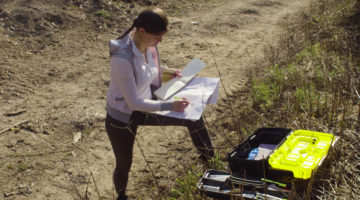
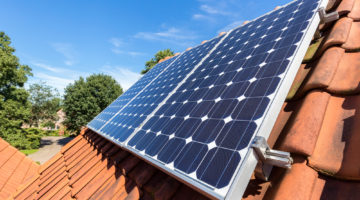
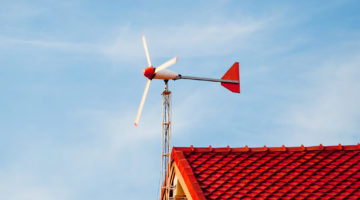
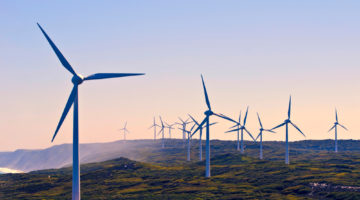





No Comments yet! Be the first one.